Retro Replay Review
Gameplay
Double Moon Densetsu delivers a classic JRPG experience reminiscent of the genre’s golden age. You guide Yuuru and his companions across two sprawling continents, exploring towns, castles, and treacherous dungeons. Movement is grid-based when indoors, while an overworld map provides a bird’s-eye view for wide-area navigation. The pacing strikes a careful balance between encouraging exploration and maintaining forward momentum in the story.
(HEY YOU!! We hope you enjoy! We try not to run ads. So basically, this is a very expensive hobby running this site. Please consider joining us for updates, forums, and more. Network w/ us to make some cash or friends while retro gaming, and you can win some free retro games for posting. Okay, carry on 👍)
Combat unfolds in a first-person, turn-based format that will be familiar to fans of early Final Fantasy and Dragon Quest titles. Each party member takes turns attacking, casting spells, or using items, with commands selected from a simple menu. While the core mechanics remain straightforward, the game introduces subtle strategic layers—managing elemental affinities, positioning magic users for area attacks, and conserving healing items for boss encounters.
Experience gain feels steady throughout most of the adventure, reducing the need for repetitive grinding. Optional side quests and hidden treasures reward diligent exploration, and rare spells or equipment can tip the scales in challenging battles. Boss fights ramp up difficulty appropriately, often requiring you to adjust tactics rather than simply hitting “Attack” until foes fall.
While the interface is intuitive, occasional slowdowns occur during load times between areas. Nevertheless, the straightforward controls and clear visual feedback ensure that new players of the genre can quickly acclimate. Longtime JRPG enthusiasts will appreciate the balance of nostalgia and refined gameplay systems.
Graphics
Graphically, Double Moon Densetsu embraces 16-bit pixel art aesthetics to bring the realms of the Northern and Southern continents to life. Towns brim with colorful rooftops, cobblestone streets, and NPCs that add vibrancy to every corner. Interior areas—shops, castles, and dungeons—feature distinct color palettes and tile sets, helping each environment feel unique.
Character sprites are well-animated, with expressive idle poses and battle stances that convey personality despite their small size. Magic and skill effects pop on the screen: spells like “Firestorm” swirl in bright reds and oranges, while healing spells shimmer with soothing blues. Boss monsters boast larger, more detailed sprites, underscoring their threat level.
Environmental details shine in outdoor areas, where varied biomes—from snowy mountain passes to lush forests—underscore the game’s scope. Parallax scrolling on select maps adds depth, and weather effects, such as rain or snow, sometimes grace the overworld, though they can be rare. Despite hardware limitations, the art direction succeeds in crafting a cohesive, believable world.
While cinematics are limited to static images and text panels, these cutscenes are beautifully illustrated and enhance key story moments. Though the visual presentation may not rival modern 3D titles, its charm and artistic consistency will resonate strongly with fans of retro RPGs.
Story
The narrative of Double Moon Densetsu centers on the dual-continent world created by the benevolent deity Fatima. Players take control of Yuuru, a determined young boy whose father was abducted years earlier by the malevolent demon Samoirenko. Early in the story, Yuuru also learns of a long-lost twin sister—a revelation that adds emotional weight to his quest.
As Yuuru departs his home village, he encounters allies who enrich the tale: a wise mage with hidden motivations, a stoic warrior seeking redemption, and a lively thief who lightens the mood. Each companion brings unique backstory and dialogue, forging bonds that underscore the themes of family, loyalty, and sacrifice. Side quests often delve deeper into these character arcs, revealing personal stakes beyond the main questline.
The central antagonist, Samoirenko, looms as a complex villain. His plan to summon the Dark Dragon threatens to engulf both continents in chaos. As the plot unfolds, players uncover Fatima’s past interventions and the true nature of the twin bond between Yuuru and his sister. Revelations arrive at a measured pace, maintaining suspense without resorting to clichés.
Although the overarching narrative follows familiar tropes—good vs. evil, lost relatives, divine prophecy—the writing distinguishes itself through well-paced dialogue and emotional resonance. Key moments are underscored by character decisions that feel earned, and the ending ties together narrative threads in a satisfying manner that honors both heroism and sacrifice.
Overall Experience
Double Moon Densetsu is a heartfelt homage to traditional Japanese-style RPGs, blending time-tested mechanics with a richly realized world. Its blend of exploration, party-based battles, and character-driven storytelling strikes an appealing balance for both newcomers to the genre and longtime enthusiasts. Progression feels rewarding, and the world’s two contrasted continents provide a strong sense of scale.
While the graphics and sound design embrace a retro aesthetic, they do so with polish. The soundtrack—featuring sweeping orchestral arrangements and more intimate piano themes—elevates key story moments and dungeon expeditions alike. Occasional technical limitations, such as brief loading pauses, are minor in the context of the overall journey.
The game’s strengths lie in its cohesive narrative, varied gameplay loops, and attention to detail. Exploring hidden caves for rare equipment, unraveling character backstories through side quests, and fine-tuning combat strategies all combine to foster a deeply engaging experience. Fans of turn-based RPGs will find ample content to delve into, including optional bosses and secret dungeons that extend replay value.
In summary, Double Moon Densetsu offers a compelling adventure filled with memorable characters, strategic combat, and an evocative world. Its adherence to classic JRPG conventions is balanced by modern design sensibilities, making it a standout choice for anyone seeking a nostalgic yet fresh role-playing experience.
 Retro Replay Retro Replay gaming reviews, news, emulation, geek stuff and more!
Retro Replay Retro Replay gaming reviews, news, emulation, geek stuff and more!
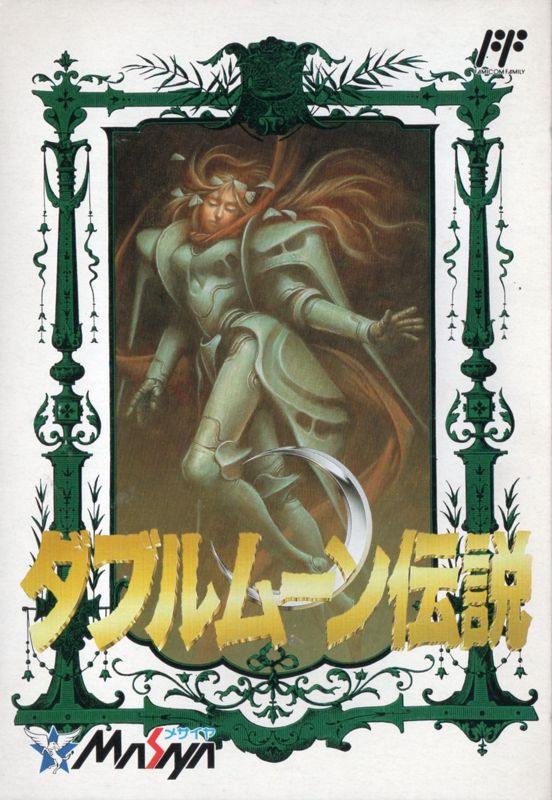
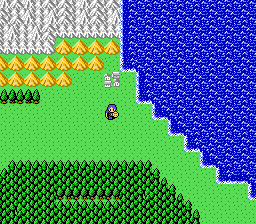
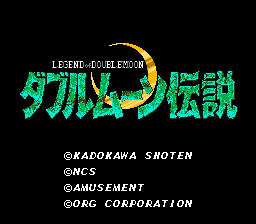
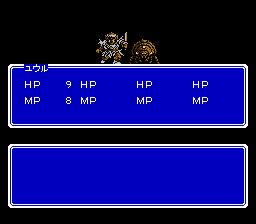
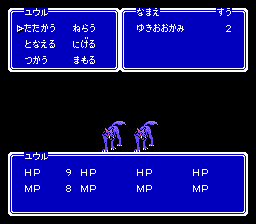
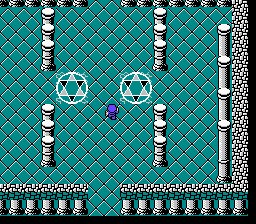


Reviews
There are no reviews yet.